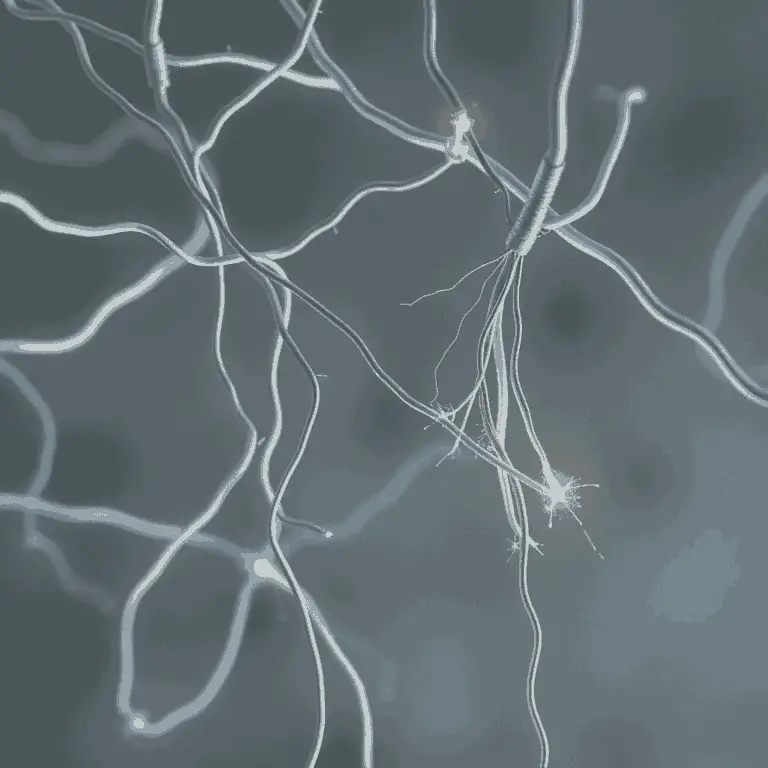
The terms “perception” and “perspective” are often used interchangeably.
Yet they represent distinct cognitive processes. While both involve the interpretation of information, perception is primarily concerned with the immediate sensory experience, while perspective is a broader cognitive framework that shapes how that information is understood and interpreted.
Perception
Is the process by which the brain interprets sensory input, such as visual, auditory, tactile, olfactory, and gustatory stimuli. It involves the detection, encoding, and interpretation of information from the environment. Perception is influenced by a variety of factors, including the physical characteristics of the stimuli, the individual’s sensory abilities, and the context in which the stimuli are encountered.
Perspective
Is a more abstract concept that refers to an individual’s worldview or point of view. It is shaped by a variety of factors, including personal experiences, cultural beliefs, values, and biases. Perspective influences how individuals interpret and make sense of the world around them. It can affect their perceptions, judgments, and behaviors.
The Interplay of Perception and Perspective
While perception and perspective are distinct, they are interconnected. Perception provides the raw data that is used to construct perspective. However, perspective also influences how that data is interpreted. For example, a person with a positive perspective may be more likely to perceive the world in a favorable light, while a person with a negative perspective may be more likely to perceive the world in a negative light.
The role of attention:
Attention plays a crucial role in both perception and perspective. It determines which stimuli are attended to and which are ignored. Attention is influenced by both bottom-up factors, such as the salience of the stimuli, and top-down factors, such as the individual’s goals and expectations.
The influence of memory:
Memory also plays a significant role in both perception and perspective. Past experiences can influence how individuals perceive new information. For example, a person who has had a negative experience with a particular group of people may be more likely to perceive members of that group in a negative light.
The role of culture:
Culture can also influence both perception and perspective. Cultural beliefs and values can shape how individuals interpret and make sense of the world around them. For example, individuals from different cultures may have different perceptions of time, space, and social relationships.
The Neuroscience of Perception and Perspective
Neuroscience has provided valuable insights into the neural mechanisms underlying perception and perspective. Studies have shown that perception involves the activation of specific brain regions, such as the primary sensory cortices and the prefrontal cortex. Perspective, on the other hand, is thought to involve a more distributed network of brain regions, including the prefrontal cortex, the temporal lobes, and the parietal lobes.
The role of the prefrontal cortex:
The prefrontal cortex is a key brain region involved in both perception and perspective. It is responsible for executive functions such as attention, working memory, and decision-making. The prefrontal cortex is also involved in the top-down modulation of perception, which allows individuals to selectively attend to and interpret information.
The role of the temporal lobes:
The temporal lobes are involved in the processing of sensory information, including auditory and visual stimuli. They are also involved in the formation and retrieval of memories, which can influence both perception and perspective.
The role of the parietal lobes:
The parietal lobes are involved in spatial processing and attention. They are also involved in the integration of sensory information from different modalities. This integration is essential for the construction of a coherent perception of the world.
The Implications of Perception and Perspective
Understanding the difference between perception and perspective has important implications for a variety of fields, including psychology, sociology, philosophy, and law. For example, in psychology, the study of perception and perspective is essential for understanding how individuals perceive and interpret social information. In sociology, the study of perception and perspective is important for understanding how cultural beliefs and values shape social behavior. In philosophy, the study of perception and perspective is important for understanding the nature of knowledge and reality.
The importance of perspective-taking:
Perspective-taking, the ability to understand and appreciate the perspectives of others, is a crucial social skill. It is essential for effective communication, conflict resolution, and empathy. Perspective-taking can also help individuals to overcome biases and prejudices.
The dangers of confirmation bias:
Confirmation bias is the tendency to seek out and interpret information in a way that confirms one’s existing beliefs. Confirmation bias can lead to distorted perceptions and judgments. It is important to be aware of confirmation bias and to strive for objectivity in one’s thinking.
The role of critical thinking:
Critical thinking is the ability to evaluate information objectively and to form reasoned judgments. Critical thinking is essential for overcoming biases and prejudices. It is also essential for making informed decisions.
The importance of empathy:
Empathy is the ability to understand and share the feelings of others. Empathy is essential for building and maintaining relationships. It is also important for promoting social justice and equality.
Conclusion
Perception and perspective are distinct but interrelated cognitive processes. Perception is concerned with the immediate sensory experience, while perspective is a broader cognitive framework that shapes how that experience is interpreted. Understanding the difference between these two concepts is essential for a variety of fields, including psychology, sociology, philosophy, and law. By developing our understanding of perception and perspective, we can improve our ability to communicate, empathize, and make informed decisions.









